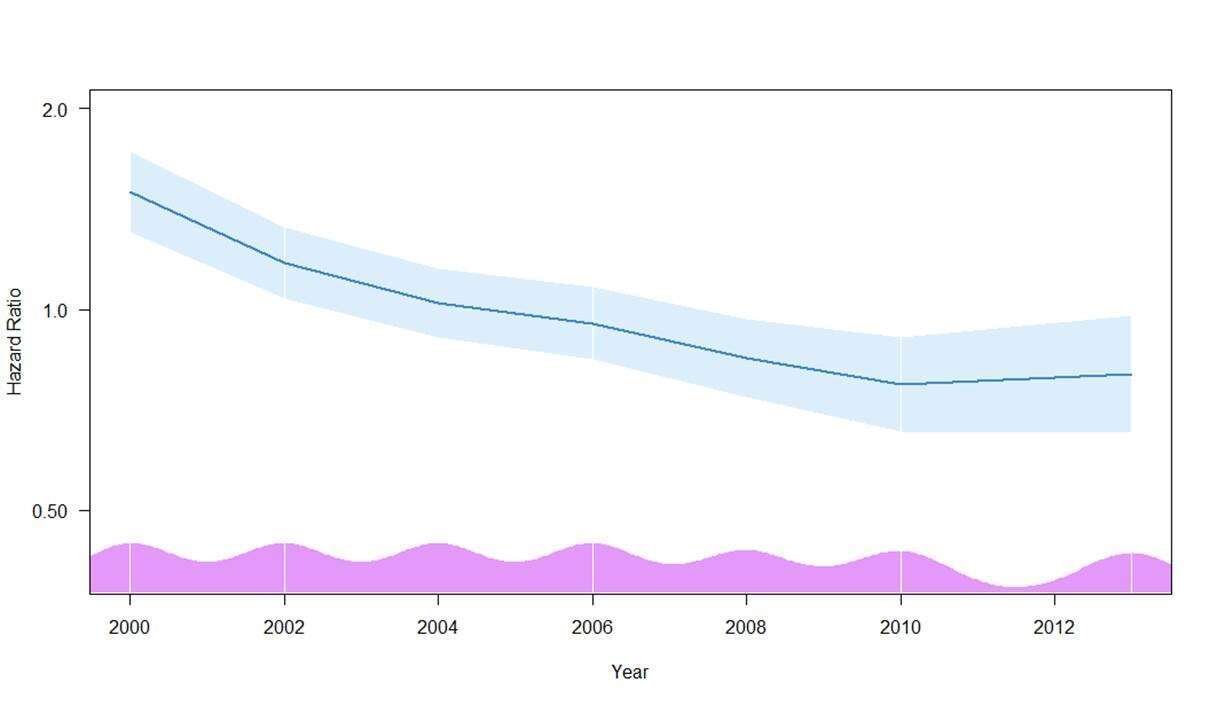
Temporal trends in mortality after ST-segment elevation myocardial infarction in the acute coronary syndrome Israeli survey (ACSIS) 2000-2013
2The Department of Cardiology, Rabin Medical Center, Israel
3., Sheba Medical Center, Israel
4., Rochester University Medical Center, USA
5., Israeli Association of Cardiovascular trials, Israel
6., Shaare Zedek Medical Center, Israel
7., Tel Aviv University, Israel
8University of Rochester, New York, USA
Background: Thirty-day case-fatality rates in patients with ST-segment elevation myocardial infarction (STEMI) declined in Israel during the last decades, but long-term mortality trends remain elusive.
Aim: To examine two-year all-cause and cause-specific mortality trends in consecutive ACSIS patients diagnosed with STEMI.
Methods: Patient demographics, admission characteristics, prior medical history, and in-hospital management were drawn from ACSIS 2000-2013 database. All-cause and cause-specific mortality data were obtained from the Israel Center for Disease Control. Survival models were used to assess temporal trends in all-cause and cause-specific mortality; spline methodology was used to test for non-linear trends.
Results: Over 7 ACSIS cycles, 5830 patients were hospitalized with STEMI [mean (SD) age, 62 (13) years, 22% women]. Infarct severity declined over time and acute treatment improved. At two years of follow-up, 800 deaths were recorded. From 2000-2013, mortality rates declined initially, then leveled off around 2010 (P = .034 for nonlinear trend; Figure). In cause-specific analysis, CVD death rates declined initially and then plateaued, with no substantial change in non-CVD death rates, resulting in a shift in the distribution towards the latter (27% in 2000-2004 vs 43% in 2010-2013, P < .001).
Conclusions: The absence of further reduction in 2-year all-cause, and CVD- mortality after 2010 is concerning and should prompt more vigilant implementation of secondary prevention measures after STEMI.
Figure. Spline-based curve representing age- and sex-adjusted hazard ratios for mortality after STEMI by ACSIS cycle

Powered by Eventact EMS